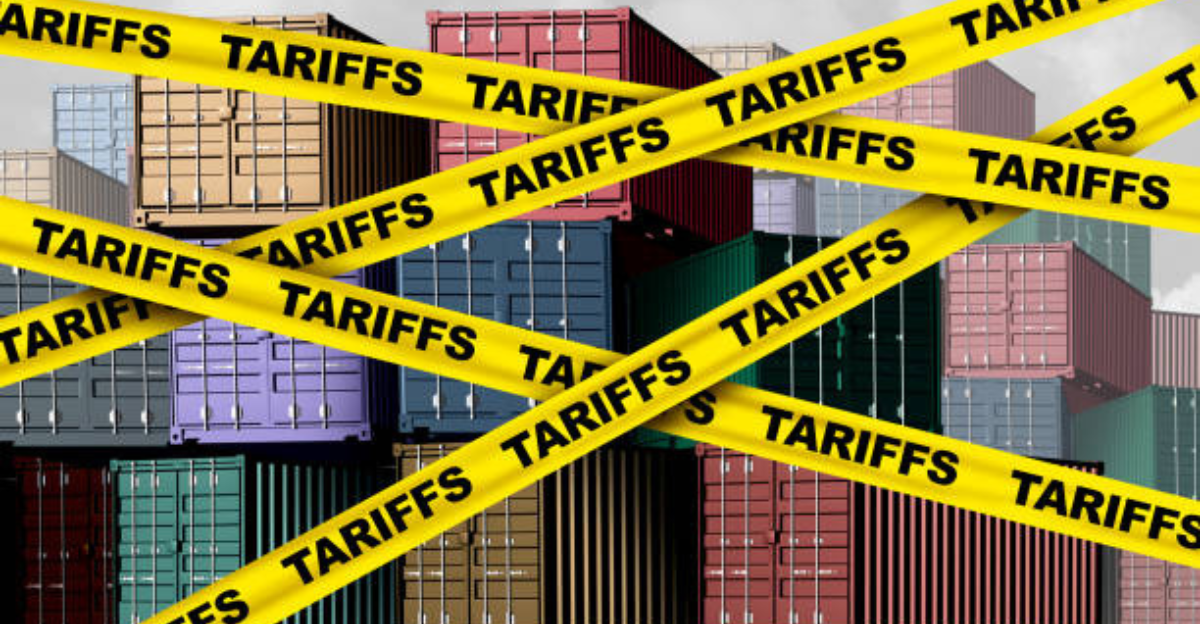
The term core capital goods refers to orders for durable goods that are not aircraft. These machines are seen as business investments and normally include machinery, vehicles, and equipment; goods meant to last 3 or more years.
Importantly, core capital goods are not related to military spending and do not include airplanes, as the cost and volatility of aviation equipment could skew the number. When a country invests in core capital goods, by buying more of them, it is usually a good indicator of the overall financial health of that nation.
Economists Take a Close Look at Spending on These Goods
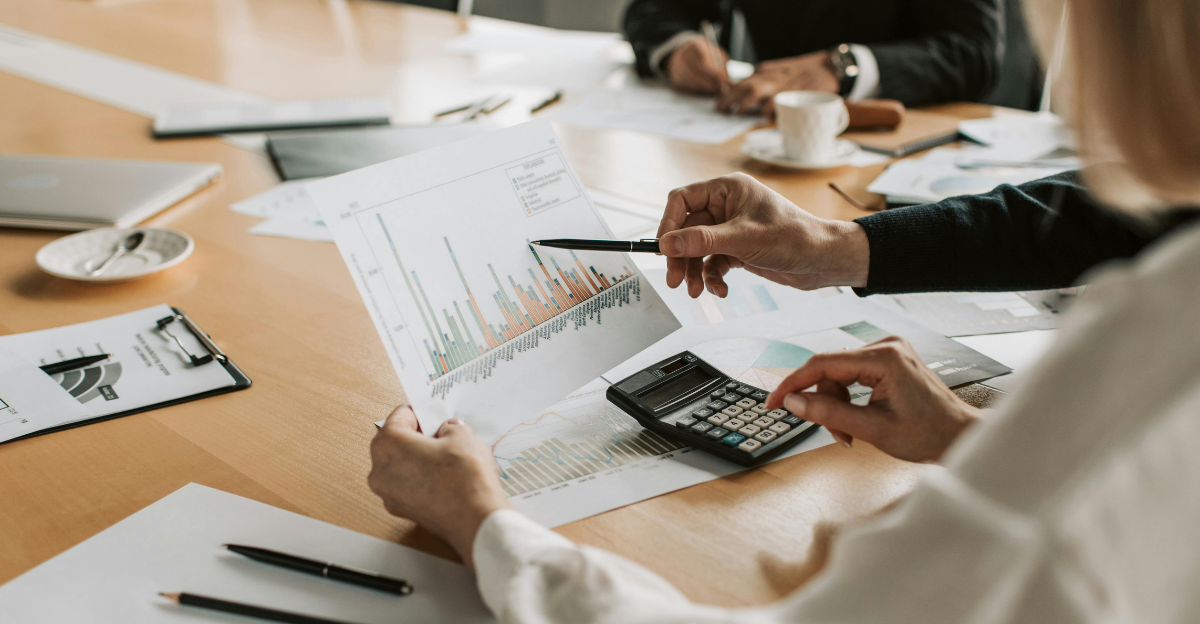
For decades, financial professionals have interpreted investing in core capital goods as a sign of a strong economy. Why? Well, they are very expensive for starters; and so, consequently, purchasing these goods could significantly affect the economy.
Sales of these goods offer a glimpse into where business investments might be heading, and that affects the country’s GDP. The numbers also reflect how confident companies are feeling right now, giving economists a sense of the current mood in the business world.
Goods Spending Was Up Earlier This Year
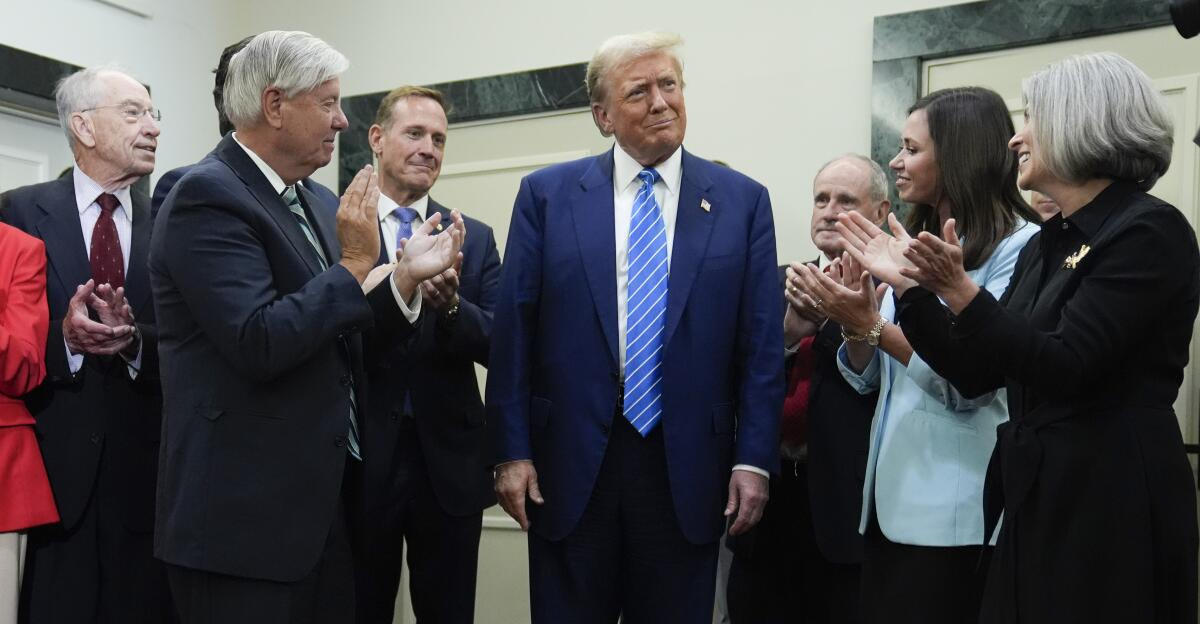
Businesses were initially excited about Donald Trump coming into office and what his policies could mean for the economy. The incoming president had promised to pull back on regulations, eliminate government spending, and make it easier for large corporations to earn higher profits. However, things haven’t exactly been very rosy. Consequently, February saw a dip in scapital goods expenditure. March did see an increase in spending; but it was still below what was expected.
Core Capital Goods Got a Major Boost in the Month of May

After a few down months, orders for core capital goods were up significantly in May. In fact, orders were higher than the previous month’s by about 2%.
Despite the successes recorded in May, many experts are still pessimistic. They don’t expect the spike in orders to continue, believing that the May numbers were skewed by a few larger scale orders that would not be repeated in the coming months.
The Numbers Were Back Down Again in June

And just as they feared, the number was down again in June. Despite the May relief, June’s expenditure on capital goods was subpar, causing some understandable concern for the future.
Core capital goods spending dropped 0.7% in June. That number tends to bounce around, influenced by all kinds of factors, and many of the current orders were likely placed a year ago. Still, economists are watching it closely for signs of what’s ahead.
Tariffs Are Playing a Role in the Percentage Drop
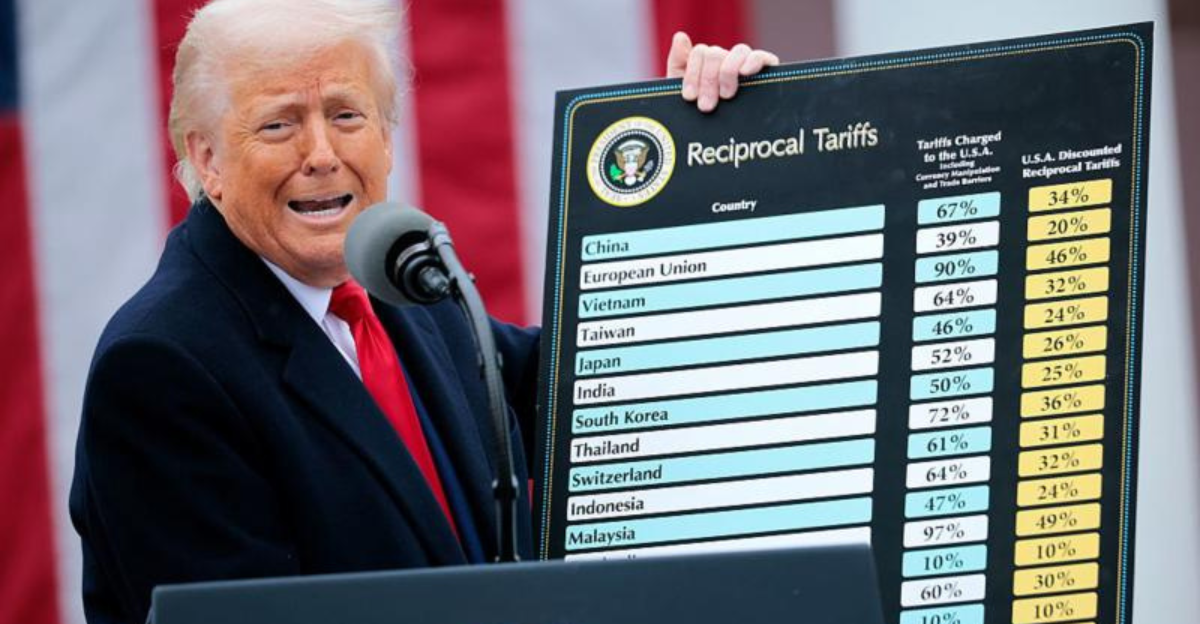
When Donald Trump took office, he promised to impose tariffs on several of the U.S.’s key trading partners. He announced them in April and later rolled back some, but others are still in place as negotiations with the affected countries continue.
These charges will most certainly affect companies that are looking to buy long-term products, as many of them either come from overseas or have parts and components that come from overseas. And that could cause some delay in purchase orders.
Economists Feel That Companies Were Getting Ahead of the Tariffs
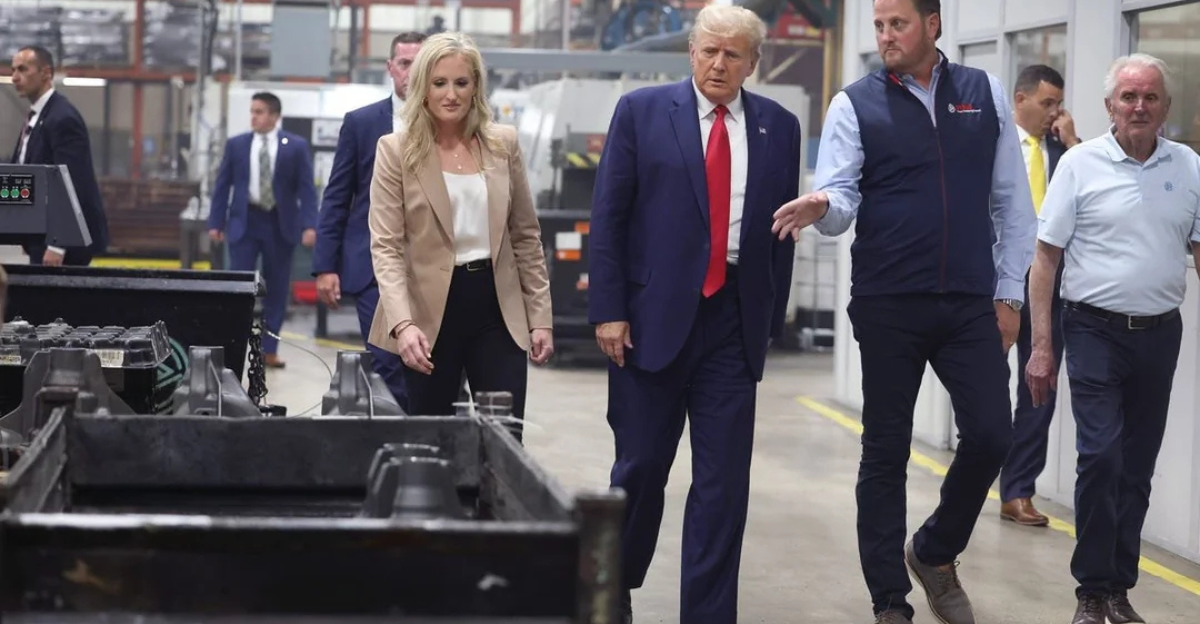
When looking into the booming numbers in May, contrasted against the declining numbers in June, economists could see a clear pattern in how the companies were making their purchasing decisions.
One of Trump’s big campaign promises was to enforce tariffs and boost domestic manufacturing, despite warnings from most economists. That uncertainty left many CEOs wondering if he’d actually follow through. When he did, some business owners may have decided to scale back their spending.
One Bank Believes This Bodes Poorly For the Second Half of 2025

The fall in core capital goods orders wasn’t drastic, but some banks are seeing it as a sign that the trend could continue in the coming months. In a note, Wells Fargo wrote:
“Core capital goods orders slipped at a 1.7% average annualized pace over the past three months, the largest drop in a year. We’re still bracing for a softening in capital investment in the second half of the year and increased costs, lower-end demand, and still-elevated borrowing costs.”
Trump’s Volatility is a Wild Card
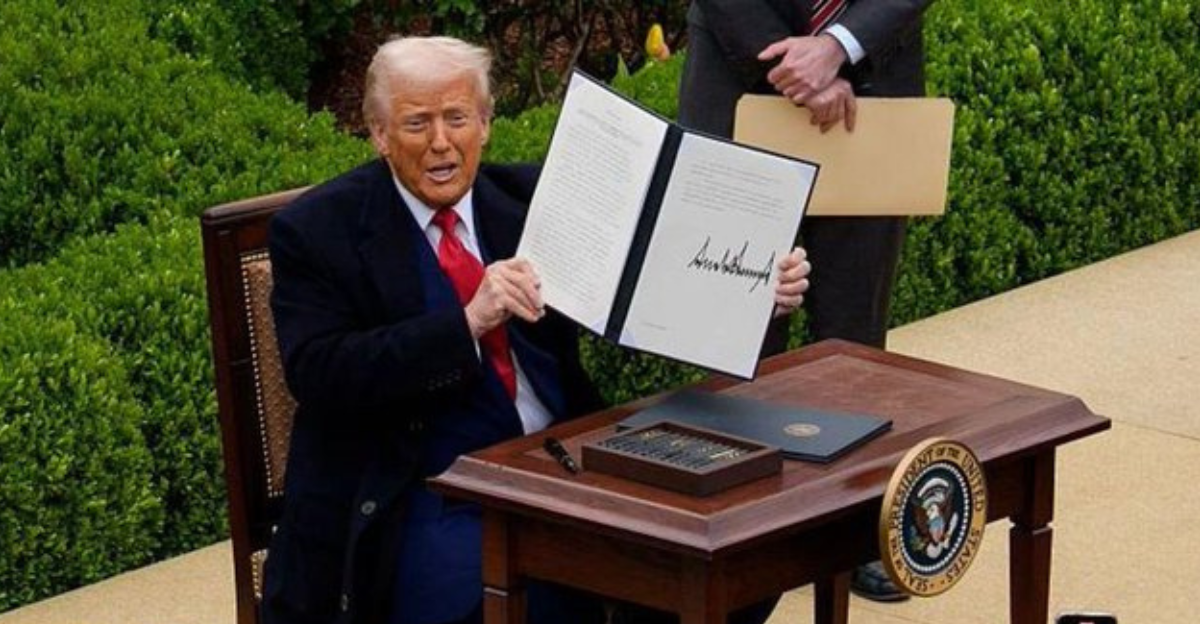
It can be enormously difficult for businesses to predict how the economy will react in the coming months. And that is the case even when the market is stable and the United States has strong leadership. With Donald Trump in the White House, companies are even more wary.
That wariness is showing up in the core capital goods number, but that won’t always paint a completely accurate picture of the current state of things. Trump has shown a willingness in the past to move the markets based on his own whims. That is a scary thing for companies, and it may be smart to expect them to remain cautious.
Conclusion
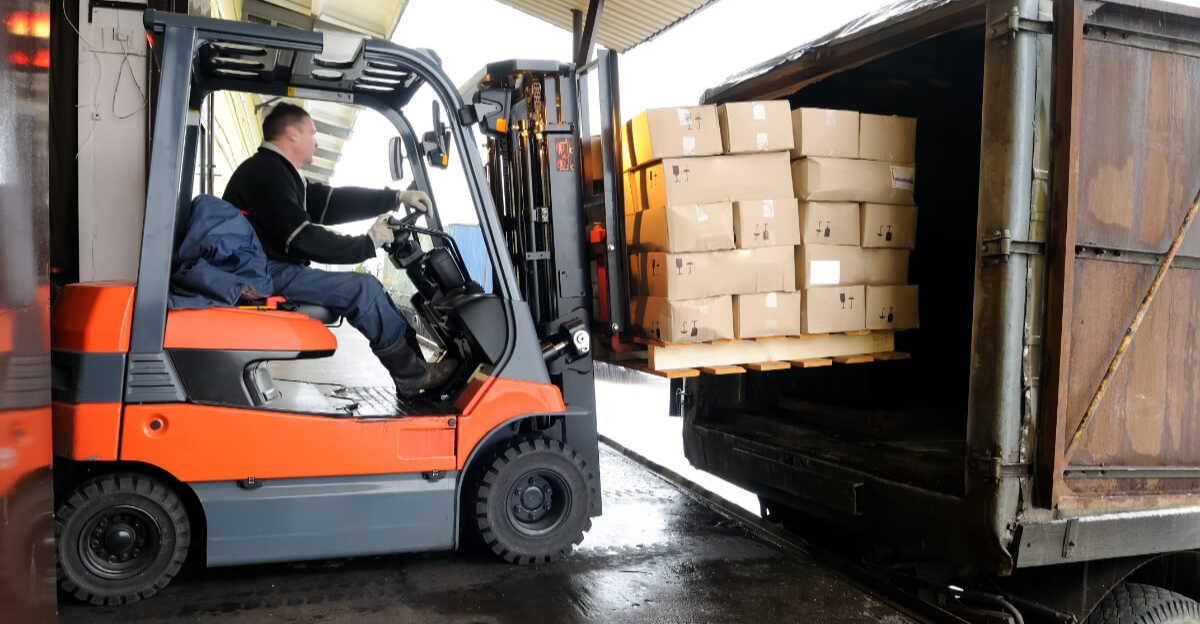
Currently, businesses are wary of making large-scale expenditures while there is so much uncertainty in the market. It can be argued that in the current state, with a looming tariff war, core capital goods orders may not be as reflective of what is going on in the market.
But economists and scholars will want to fall back on the things that have shown predictive power in the past. The goods number could continue to move up and down in rollercoaster fashion, but if it stays down, that could spell trouble for the economy.
